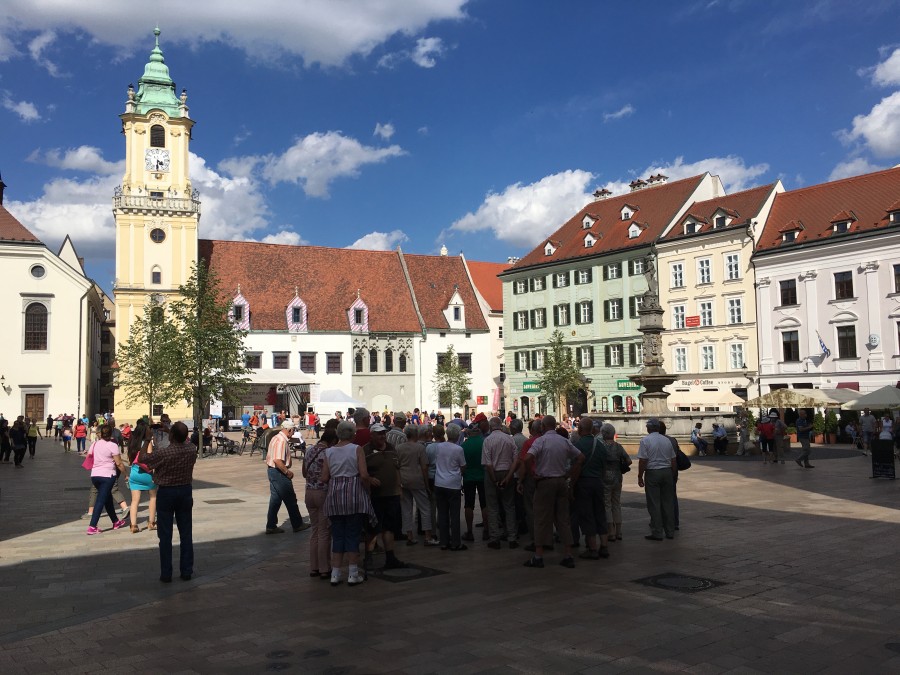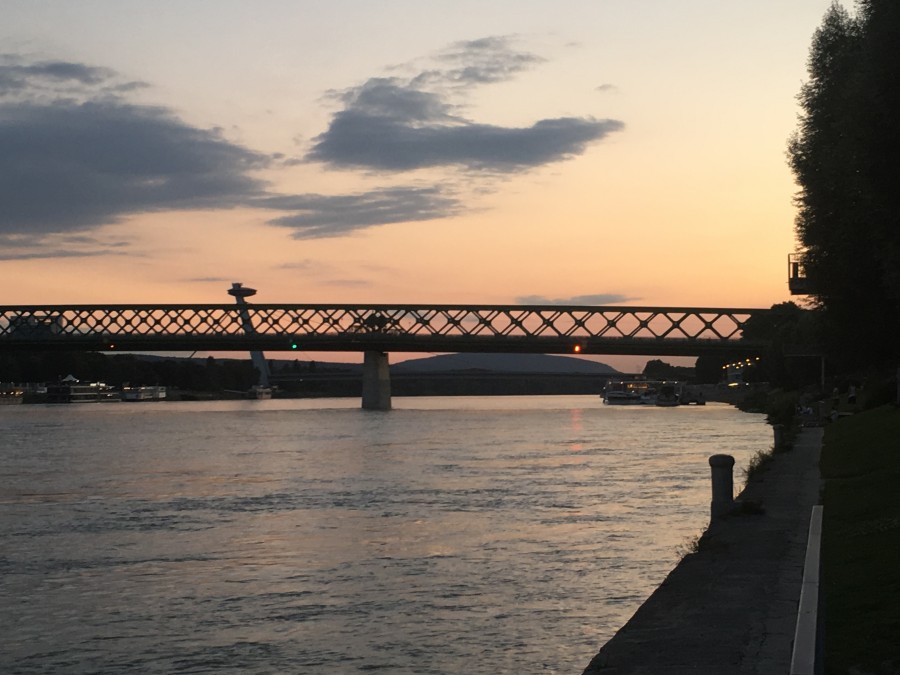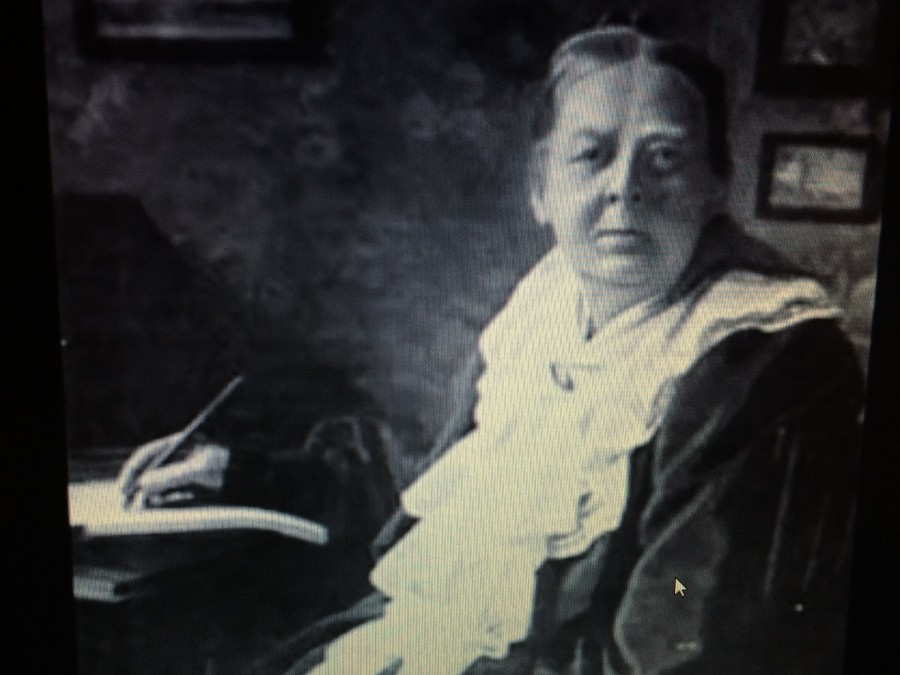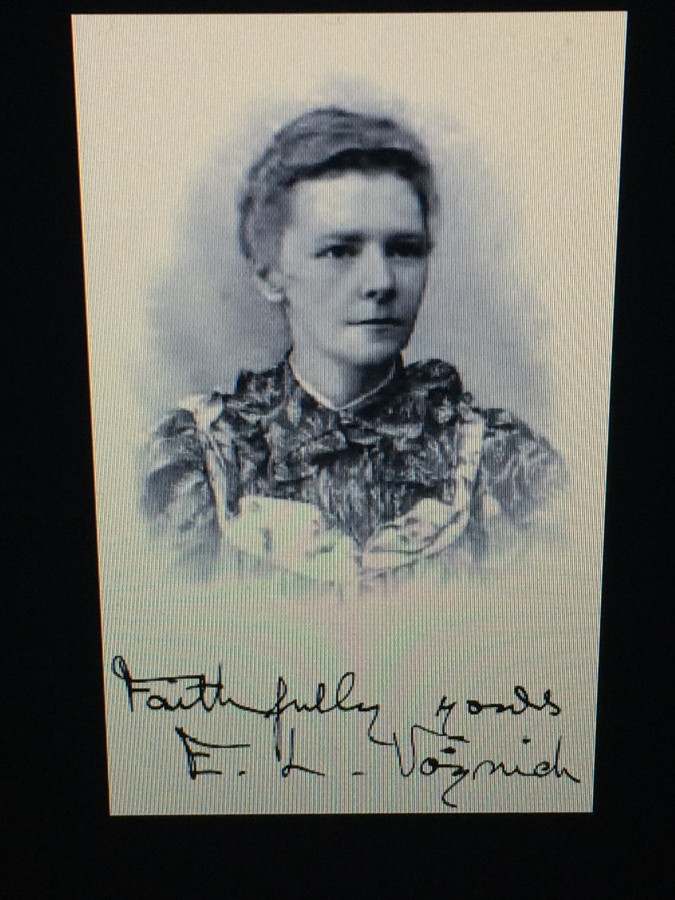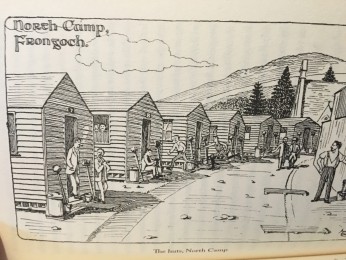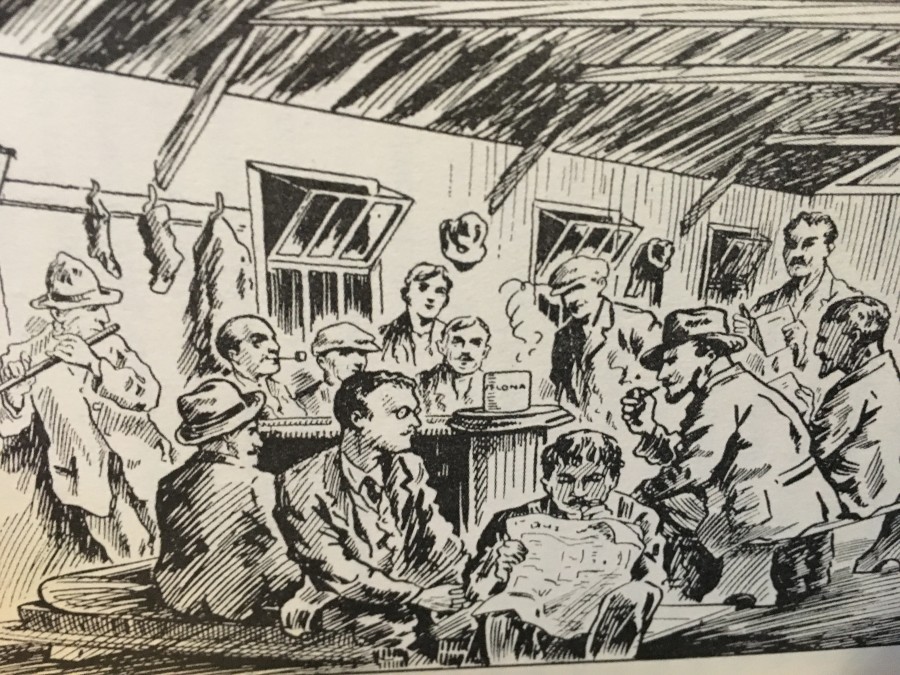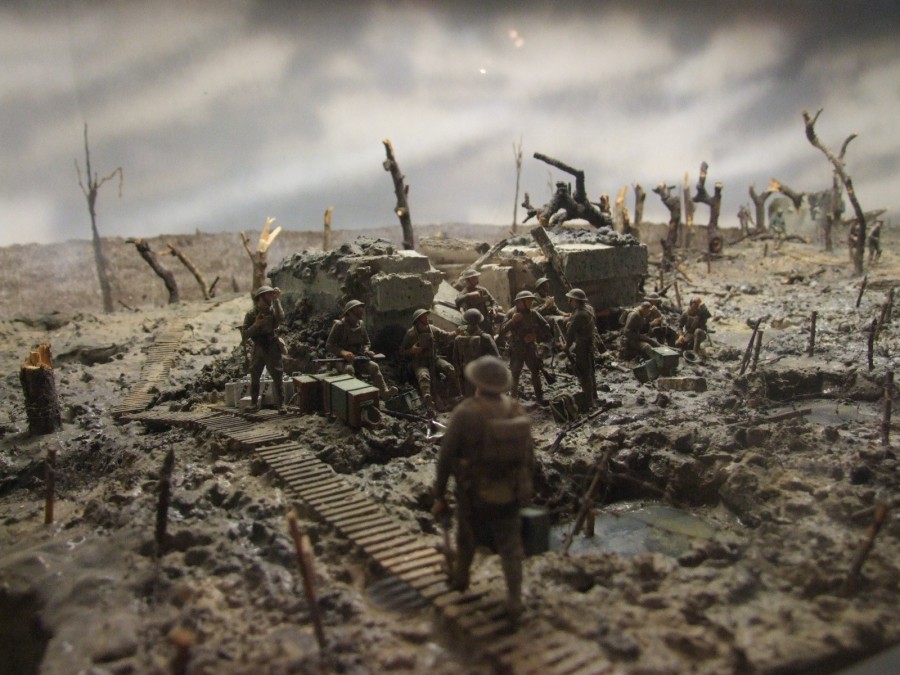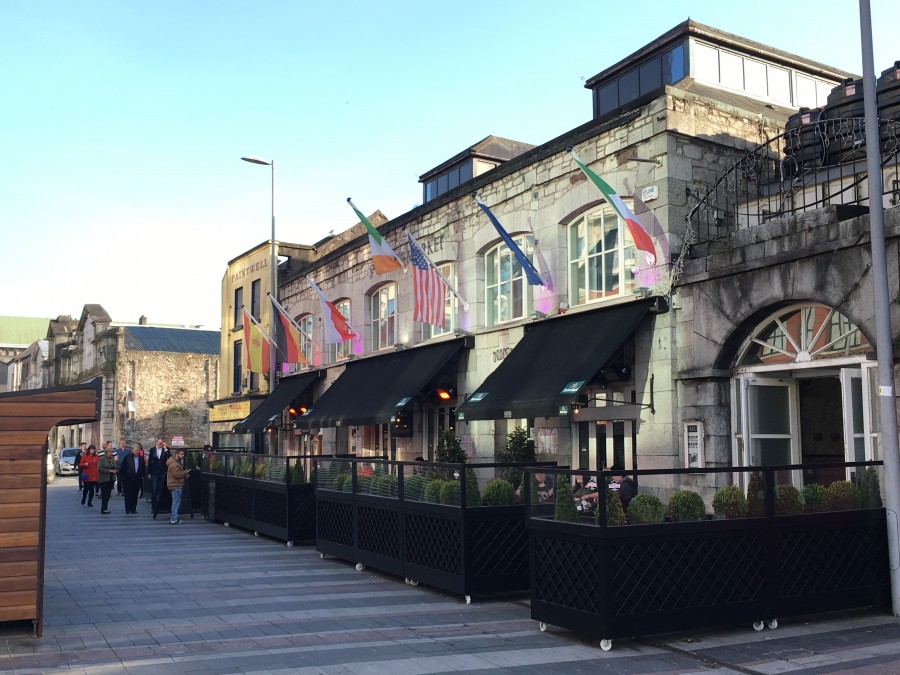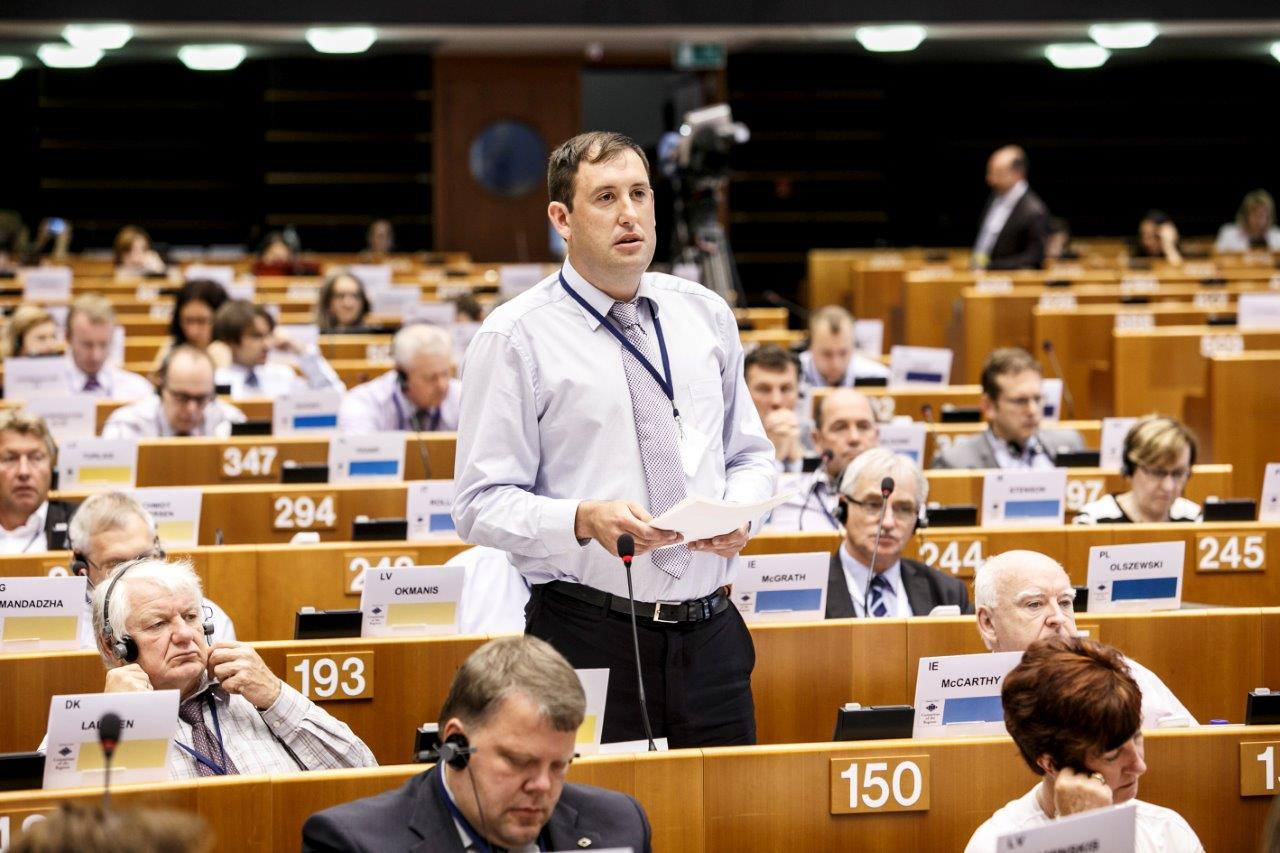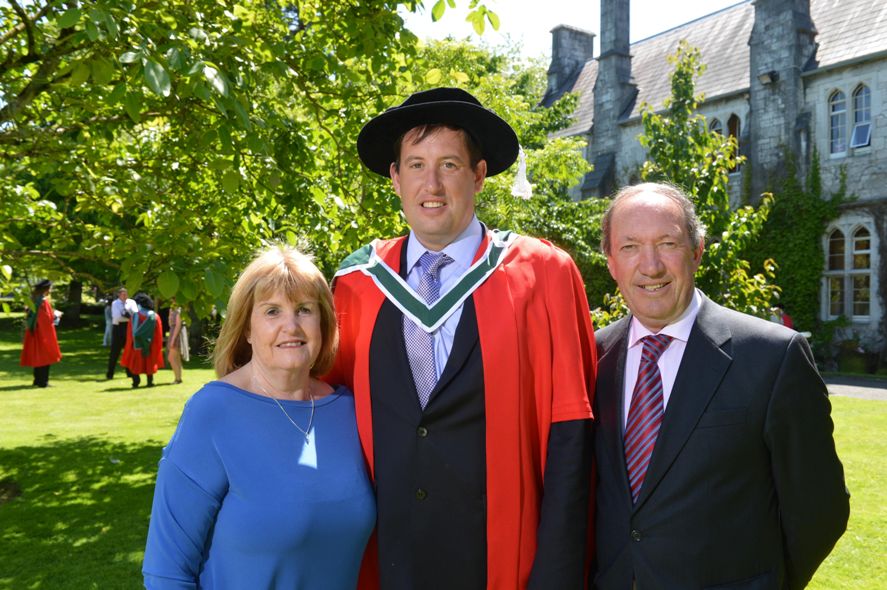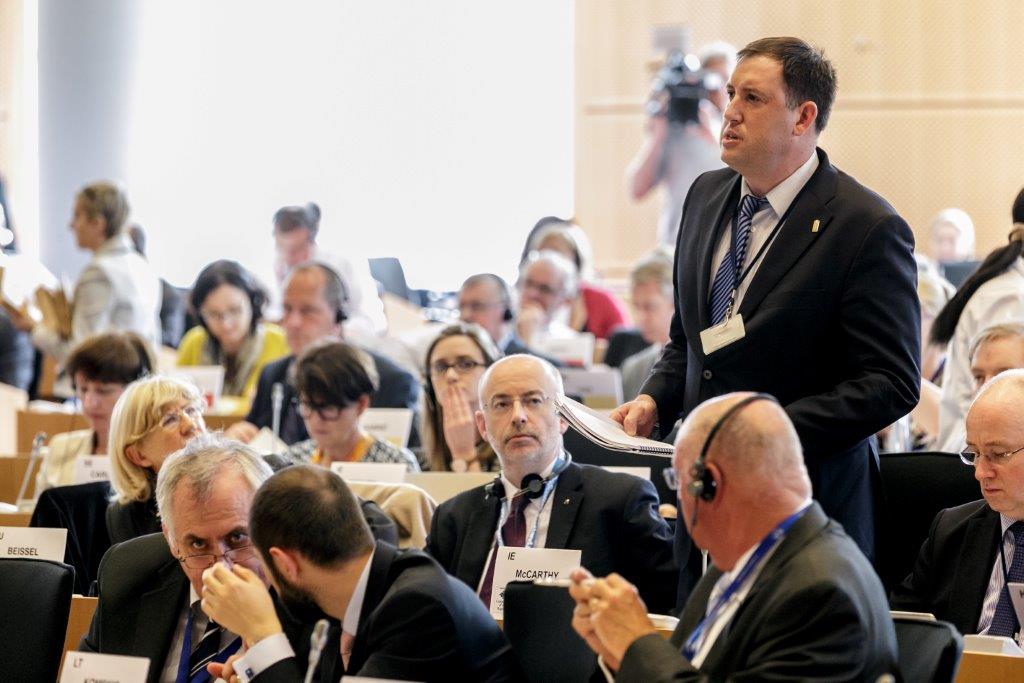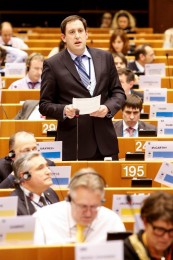Across the Digital Landscape: The Network of Networks
Kieran McCarthy,
Member, Committee of the Regions, EA/ IE
A River of Opportunities:
Bratislava, Slovakia, put quite simply, lingers in the mind.
The newest capital of the EU Presidency can truly and honestly refer to itself as an international crossroads of ideas and people. Located near the state borders of four countries – Slovakia, Austria, Hungary and the Czech Republic, this geography, as well as intensive trading considerably influenced the assembly of nationalities living in the town. Two traditional long-distance European merchant roads crossing this region had a decisive impact. Like two crossed wires they kick-started the engine for Bratislava’s development. The Danubian Road linking the cultures of the Mediterranean and the Orient (as an extension of the legendary Silk Road) with the inlands of continental Europe. The second, the Amber Road, linked countries by the Baltic Sea in the north with southern Europe. Both merchant roads crossed the Danube river by ford and both created the basic pattern of the main city thoroughfares of Bratislava in the Middle Ages. A thousand years later, the focus on themes of connection and transnational have been renewed on a European scale in Bratislava and within the surrounding country of Slovakia. The Danube, still an international waterway, provides the metaphor for a river of diverse opportunities, which flows through these regions.
In Bratislava’s rich eighteenth century architecture and cobbled streets you can see the influences from adjacent countries. The stamp of European funding can be seen in many aspects – the trams, which meanders through its centre and suburbs – on which is stamped Eurotram. The stamp of European Regional Development Fund on an older university wall show that the regional and local governments of this capital mean business in embracing transformation. It continues to transform into one of the EU’s notable capitals. Just like the EU, Bratislava is a work in progress – complete with EU branding, vision, a narrative, solidarity and a modern identity stamp.
The 7th EU Summit of Cities and Regions sought to harness Bratislava’s historic and modern edge, hosting the themes of connect and invest. Connect is perhaps a more positive paradigm to talk about and negotiate than invest. It is easier to connect and provide ideas than negotiate the whys and where-to-fores of financial investment. It was the moment though that Jeremy Rifkin walked out onto the Opera House Hall stage, which added to the game changing thought processes of the Summit. Rooting his two feet in the carpeted stage, the large stage did not deter his confident stage presence. Pausing before he began – in his hand a half a dozen pages complete with notes – he did not look at – he was ready – he drank his glass of water and began his tale centre stage – holding his audience as he bended and flowed, softly and enthusiastically through his narrative. From the beginning, he unfolded and wove a story of intrigue, questions, opportunity and what-ifs. He presented an overview of a global landscape infused by the opportunities of a third Industrial Revolution – a landscape of digital infrastructure – one, which laterally exists across human and computer networks – one where the winds of change will beckon in new business opportunities globally and one, which ushers in cultural transformations in how the world is viewed and life itself is lived.
Across Professor Rifkin’s hour long narrative he questioned the advancement of science and transportation in the twentieth century in the second industrial revolution – building on this he assembled new arguments – a new and modern landscape overview – an elaborate chessboard of sorts complete with moving complex and chaotic parts. He unfurled familiar global problems of climate change, rising energy costs, geo-politics, global migration patterns, unemployment and poverty – all infused with a global society struggling to move these issues on towards solution. His initial thoughts were familiar paradigms – the rising forcefulness of climatic storms, declines in traditional industries, and inflation and economic downturn. He presented all the ingredients to create a troubled second decade in this early twenty-first century. This troubled world searches for changes amidst the quickening pace of globalisation. It is true to say that our regions, town and cities have become globalised – glocalities – whereby survival on your own, is almost impossible. Technology has sped up the need for even further interconnection. One must reach out and interact in a network of networks – where ideas come fast and quick in the world of the internet, all leading to what Rifkin’s calls the “Third Industrial Revolution”.
Thinking Smart:
The Third Industrial Revolution, pitches a case about thinking smart – smart in the use of energy, smart in productivity, smart in the business sense, smart in the use of ICT and its accumulation of big data and smart in its approach to the citizen; the citizen is now the producer and consumer in a smart economy– a “prosumer” as Jeremy Rifkin notes. The smart economy champions the smart citizen agenda. It heralds a kind of restoring of democratic power to the individual – it spearheads a quest to help change the troubled world – a power to feel wanted – a power to embed citizens into lateral networks of communities – a power to test and create ideas with little cost and a power to create frameworks in collaboration in creating the sharing economy – to create a global and lateral sense of place and identity – whereby identity crosses virtual borders with ease and whereby time and space have compressed at rapid rates. We are all connected. Communication has become paramount through mobile phone devices. Failure to have one makes you feel disconnected. People are connected more than ever before in human history.
For years, ICT has been hosting a kind of ‘taking back’ programme in democracy and equality – a move from top-down to lateral government – one of a shared future – a future where courage to change leads as well as ideas – where cultural transformation is at its heart. The digitisation agenda connects to buzz words such as watershed, internationalisation, scaling up, transnational, cohesion, the innovation agenda, a world of networks, synergies, ecosystems, pathways of progression, clean energy, sustainability, the living lab, the discovery process. With such words alone the emerging nodes of how we perceive place-making will release new journeys of discovery into our lives, families, communities, regions, towns and cities.
Our way of viewing of the world has been changing but is to now change further. Those who are connected to the digitised landscape have access to billions of bytes of data, harvested to be used. Just like those who sat in the train carriages during the nineteenth century, those travellers got access to new ways of looking at their enterprise models, stories, local landscapes and regions. They got access to landscapes – physical and mindscapes – they normally would not be allowed to travel across. Physically travellers could look into the backyards of others and see how others lived and survived. They experienced new speeds and began their interest in being connected between town, city and region. Indeed, the tramway system in Bratislava belongs to the oldest systems in Europe. It was in operation two years earlier than the similar ones in Vienna and Budapest. The contribution of Bratislava to developments in aeronautics is also significant. The first attempt at flying a balloon took place here in 1784. Ján BahúR introduced his invention of a helicopter before a military committee, and that was arguably earlier than the Wright brothers. In front of the Bratislava airport building, there is a statue of Stefan Banic, the inventor of the early parachute. Petrovia brothers sold their airship concept to the Duke of Zeppelin. From a height, the scientist could see the bigger picture of urban and rural divides, capturing agricultural practices en mass and recognising potential for crops and regional development. The first electric bulb in Bratislava was switched on in 1884, five years after its invention by Thomas Edison transforming the dark into a form of semi daylight, giving people more choice in staying in or out and engaging longer with their city and communities. The first telephone connection was put through in 1877 bringing people together and further compressing space and time. This part of the world is all about connecting people and places.
Fast forward to modern times and during the Summit delegates heard about the the Hyperloop company. Hyperloop is a futuristic transportation project allowing passengers to travel with the speed of sound – around 1200 km/h. The initial concept has been introduced in 2013 by Tesla’s founder Elon Musk. The first ever cities to be connected by hyperloop are Vienna – Bratislava – Budapest. While it currently takes 1 hour to get from Bratislava to Vienna by bus or train. They aim to cover this distance in 8 minutes by year 2020 According to the Hyperloop company, the travel ticket should not be more expensive than e.20. The system is designed to be earthquake and weather resistant, with each pylon capable of supporting seven passenger Hyperloop tubes and one for security purposes – transporting an estimated 3,400 passengers per hour, and 24 million people each year. Bratislava is a city which envelops and develops opportunities.
Back to the Future:
Being Smart has lit an enterprising fire in Bratislava. However, this ancient city is not alone. The advent of the third industrial revolution brings the principles of smart specialisation to many of the EU’s regions. It brings thought processes rooted in vision and openness, in values of exchange and citizen interaction. It aims to break the silo mentality and putting faith in co-operation and cohesion. Regions become collaborators, enablers of strategies, leaders, recognisers of change, champions of fresh narratives, corporate responsibility and environmental sustainability, and utilisers of sources of energy such as solar and wind.
Regions face re-alignment of their outlook and strategies, from vertical – national to local political agendas towards a lateral movement – an inter-regional agenda. International diplomacy becomes a must. Regions learn from each other. The network of networks puts a value on communication as a must. Concepts such as e-government, e-business and discovery-led programmes make regions livings labs. The alignment of the quadruple helix of government, business, academic and civil society creates a fifth addition or a glue to the helix, that of social inclusion. Young and old can drive the shared economy, and maybe the foundations of global growth will not be just based on economic arguments but will partner with the social as a key to unlocking the EU’s future.
By the time Jeremy Rifkin offered his conclusions to the summit, the audience had been led on a journey through time and space along the paradigms of a new industrial revolution, which will change all aspects of our lives and our place in the world.

